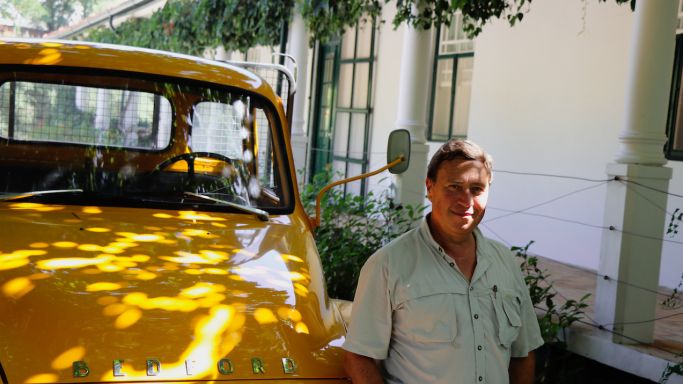David Guimaraens of The Fladgate Partnership (see our notes on his 2018s recently added to our 2018 port article), like Dirk Niepoort, Antonio Agrellos and João Nicolau de Almeida, is fascinated by the intricacies of the fortifying spirit used in port production. This is his answer to a question about the extent to which it influences how port, especially vintage port, tastes.
Thank you for referring to me on this wonderful topic of fortifying spirit for port. In fact, although this year has been very difficult in so many aspects of our lives and our work, it has been a great year for spirit, and I am delighted with its quality.
The wine spirit used to fortify port is naturally a very important component, making up 20% of every bottle, and the history of its origins and quality over the past couple of centuries is very interesting, but also very varied.
The important aspect to consider is that the spirit that is used should not interfere with the character of our ports, allowing the grapes to express the terroir where they originate. However, the quality of the spirit will inevitably affect every port that is made. Wine spirit, being the distillation of made wine, will reflect the quality of the wine distilled, and, as a result, we see variations in quality of spirit from one year to another, linked both to the quality of the year and to the global supply of wine in the market.
When I look back to vintage ports from the past, I see in them significant differences in the quality of spirits used. In the 1950s, harder and more aggressive spirits were used. The 1960s was a very good period for the quality of spirit, but the mid 1970s through to 1991 was a very poor period regarding the quality of the spirit used, reflecting directly on the vintage ports produced. After 1991 there was a significant improvement in the quality of spirit used, and from 2000 onwards we have experienced a very exciting level of quality for the finest ports produced.
There is no doubt that the time from the Portuguese revolution in 1974 until the liberalisation in 1991 (when port shippers were no longer required to buy their spirit from the Casa do Douro) was a complicated period for the quality of spirit. The supply from the Casa do Douro resulted in batches of 5 million litres of spirit being made whose quality was, at best, average. As a result of the liberalisation, as a winemaker I was able to work directly with the distillers and produce very clean and high-quality spirits, which do not interfere with the quality and character of our grapes. Today, as a result, young vintage ports express their fruit and complexity so much more, and they also age so much better. This is particularly important in vintage ports between 10 and 20 years old when they lose their youthful berry fruit but are still developing their bottle-maturation complexity.
I am completely certain that vintage ports since 2000 are much more enjoyable at all phases of their life than in the past. A young vintage port (4–10 years) is especially attractive for its richness of fruit, a vintage port between 10–20 years shows better its bottle maturity while still carrying plenty of fruit, and from 20 years onwards, bottle maturity becomes the main complexing factor. There is also no reason why the spirits used today would reduce the ageing potential of vintage port.
During the time I spent in Australia between 1985 and 1990, I discovered this magical world of fortifying spirit. My thesis at university in Australia was on fortifying spirit, with precious help from James Godfrey at Seppelt (famous for his fortification expertise). The Australians really understood their spirits. I was very fortunate to have returned home to Portugal in 1990, with the spirit monopoly ending in 1991. It has been my passion ever since.
